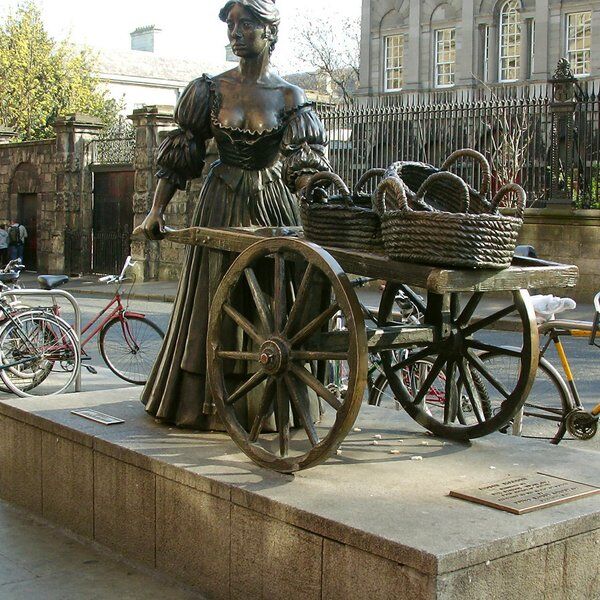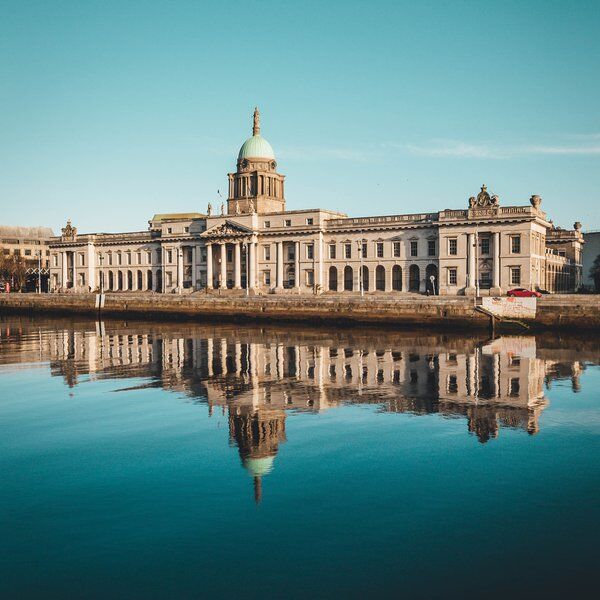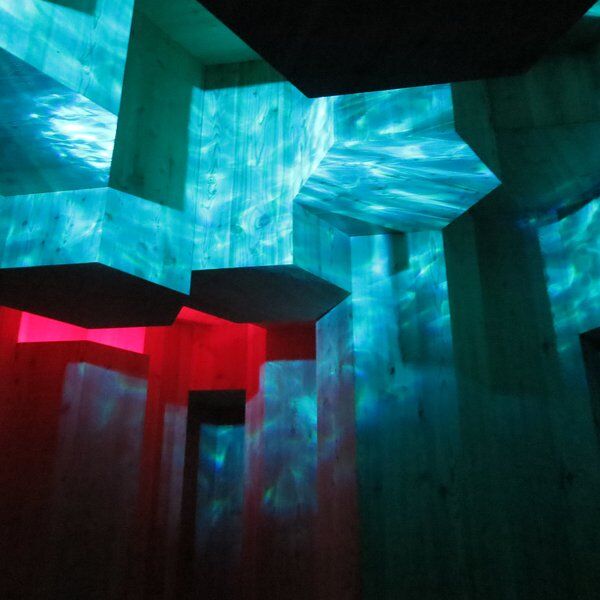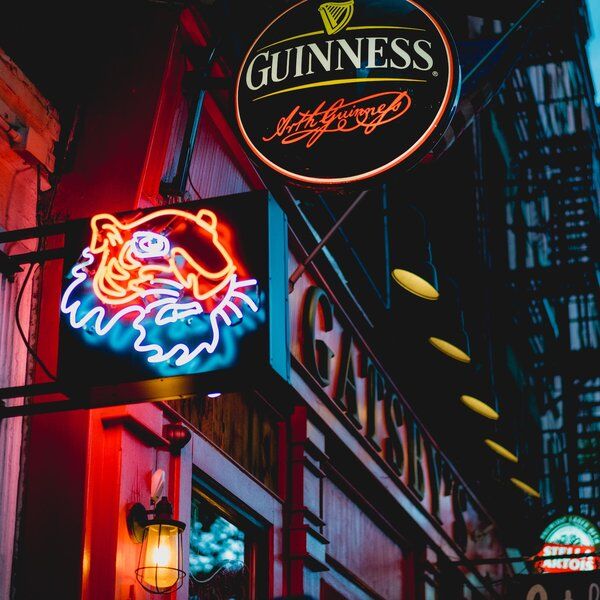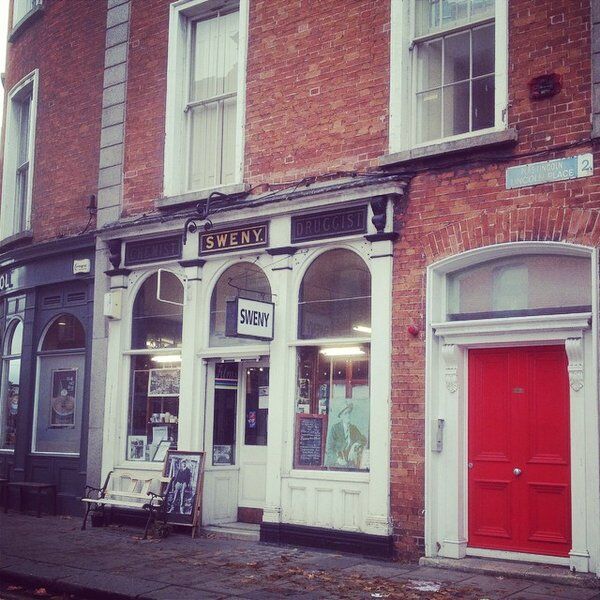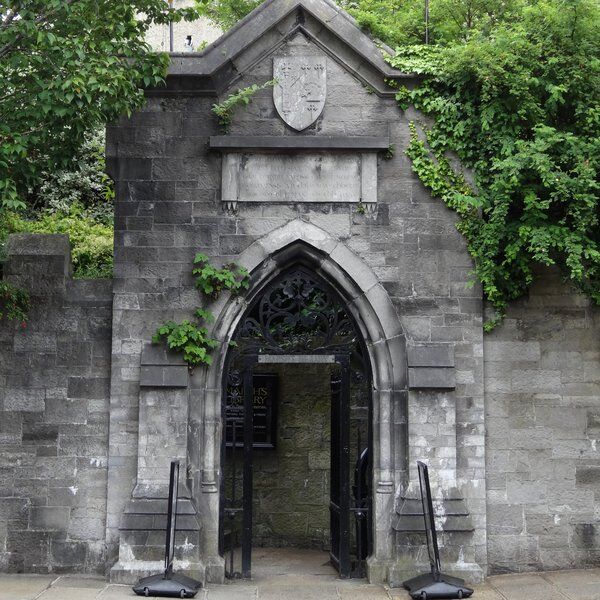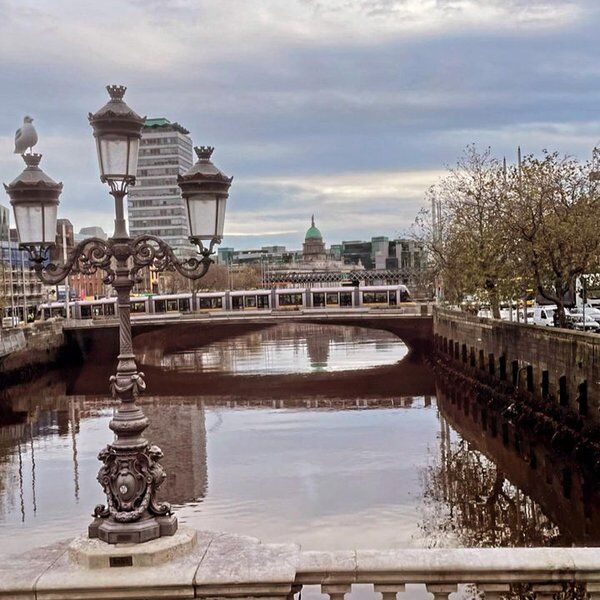Drimnagh Castle is in south Dublin, in the suburb of Drimnagh. The area’s name is derived from druimneach or ‘country with ridges’. Burial mounds and artefacts date the area's usage back to the Neolithic age (between 4,300-2,000BCE) and for centuries the land was owned and maintained by the local Irish population.
The de Bernival era
All this changed in the C13th however, when the Norman Lord of Leinster, Justicar of Ireland – aka Strongbow – took the the lands of Drimnagh from their Irish owners and gifted them to Sir Hugh de Bernival.
De Bernival (sometimes written as Barnwell or Barnewall) had served during the Crusades. The gift was compensation for his participation and for the killing of his family in the Irish province of Munster shortly after their arrival into Ireland.
The lands were seen as wild and rolling, filled with forests and animals more than they were people – filled with potential and danger.
Sir Hugh oversaw construction of the site’s first fortification in the mid-C13th. It’s likely that the moat, which now distinguishes Drimnagh, was constructed around this time. The deep, flooded ditch - traditional in Norman construction - was a fantastic deterrent to would-be assailants, protecting Sir Hugh's new family almost entirely. Almost.
The Castle was a prime target and was attacked and raided on multiple occasions by the O’Toole Clans. Ferocious battles nearby resulted in the deaths of multiple de Bernivals over the centuries that followed.
Still, the Castle stood strong and the de Bernival family persevered. The oldest buildings are still viewable today. These tall grey limestone structures date back to the early C15th. Also still visible today are a C15th Great Hall with an undercroft, and an attached C16th – C17th tower.
Life after the de Bernivals
After the mid-C19th, Drimnagh Castle and its lands changed hands. Also around this time the gears of industry began turning and the lands saw greater development. Though the extensive residential developments that now surround the lands wouldn’t begin in earnest until the C20th, a paper mill was set up in nearby Landsdowne valley and many small inns – some of which still stand today – were built to serve travellers.
The first non-de Bernival named owner was the Marquess of Lansdowne. During this early transition period, the Topographical Dictionary of Ireland 1837 described Drimnagh Castle as an “irregular pile”, a sad decline for a site whose legacy had seen its walls and moat withstand so much over the centuries.
The Marquess sold the area to the local Hatch family, who were to be the last residents, in the late C19th. As dairy farmers, they primarily used the lands for grazing. They also oversaw the restoration of the Castle in the early C20th so it could be used as a summer home, and as the venue for various family celebrations such as parties, weddings and anniversaries - a function it still offers today!
In 1954 the Hatch family gave the Castle and its lands to the Christian Brothers. The Brothers used the Castle as a school from this period onwards until a new building was constructed on the land. The school they built is still in operation today.
Unfortunately the Castle fell into disrepair in the decades that followed. It wouldn’t be until the 1986 that a massive restoration project took place. Peter Pearson, an artist working with An Taisce, the national trust for Ireland, set up a committee which would see the restoration performed using traditional methods such as lime mortar and wood carving. Work was done entirely by hand, with a C15th-style roof built over the Great Hall and a C17th Paterre garden developed around the Castle’s foot.
Ghostly legacy
As with all good Castles, Drimnagh has had its fair share of ghostly guests.
It’s said that during his visit to Ireland in 1649, Oliver Cromwell kept his horses at Drimnagh. For centuries since the Civil War leader has been seen walking the halls, perhaps to ensure his horses are being well kept?
There is also talk of the mysterious Eleanora, who was betrothed to a man she didn’t love – her cousin. In the best traditions of ghostly folklore, she instead fell in love with a sworn enemy of her family. After a brutal attack on her cousin’s coach that saw both him and her beloved killed, Eleanora was regarded with shame and kept imprisoned. After slipping free from her room, she eventually found her beloved’s grave and there she stayed until the wind and snow claimed her.
Today at Drimnagh Castle
Drimnagh Castle is an overlooked Dublin gem and is well worth a few hours of exploration. Located just 6.5km from Dublin city centre, strong walkers might consider a stroll through the city's historic heart en route.
Tours can be booked in advance to ensure you get the full experience of the site's history and the Castle's interior, although it's possible to gain entry without and explore the beautiful gardens and grounds. The Castle can also be hired for private functions - in fact, it has been hired as a filming location for such historical dramas as The Tudors and The Old Curiosity Shop.
Want to learn more about Dublin and see some of it's secret & hidden sights? Check out our Dublin Treasure Hunts, puzzle-filled urban adventures lead you through city highlights and best-kept secrets. You'll actively engage with your surroundings to unravel the clues sent directly to your phones. Take optional breaks at great cafes & pub stops and enjoy the city's finest.
Want to learn more about castles in the UK and beyond? Check out our articles on York Castle, Edinburgh's Lauriston Castle and Manchester's Peckforton Castle.

